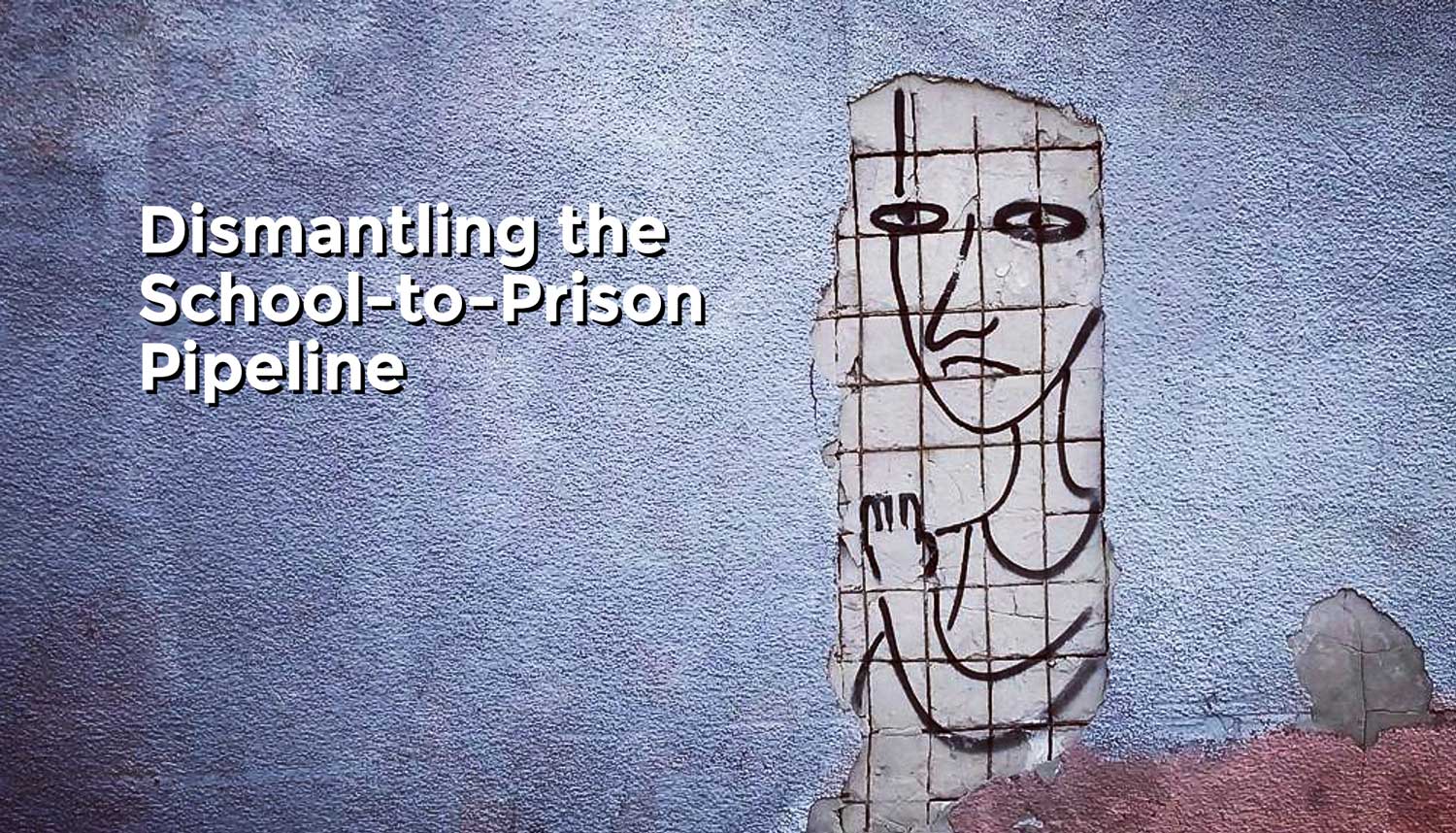
We recently had a constituent ask us why we did not have any content on our campaign website about the school-to-prison pipeline. I thought it was an excellent point, and wanted to do our part to lift up this important issue, and stress our support of efforts to reduce the mass incarceration of our young people.
The ACLU defines the school-to-prison pipeline as a, “a disturbing national trend wherein children are funneled out of public schools and into the juvenile and criminal justice systems.” Florida is no stranger to this, and it should be noted that many children who fall victim to this system have learning disabilities, are people of color, identify as LGBTQ, and/or live in an environment of concentrated disadvantage. These students will often experience at higher levels neglect, poverty, and/or abuse. They would benefit greatly from additional education and counseling services but instead are often punished, isolated, marginalized, and pushed out.
The School-to-Prison Pipeline has a few key contributing variables worth stressing:
- Zero-tolerance policies: These are policies that automatically impose severe punishment regardless of circumstances. Under these policies, students have been expelled for bringing nail clippers or scissors to school. As noted by the American Academy of Pediatrics and ACLU: “Overly harsh disciplinary policies push students down the pipeline and into the juvenile justice system. Suspended and expelled children are often left unsupervised and without constructive activities; they also can easily fall behind in their coursework, leading to a greater likelihood of disengagement and drop-outs. All of these factors increase the likelihood of court involvement.”
- Poorly funded public schools: For most students, the pipeline begins with inadequate resources in public schools. Underpaid teachers, large class sizes, lack of school supplies and special needs programs, can lead to students dropping out. Even worse, high-stakes testing programs put pressure on schools to even push out low performing students, students who with extra support could blossom.
- School-based arrests: Many under-resourced schools often become a pipeline because they have an increased reliance on law enforcement to maintain order versus teachers and administratives. Officers may lack training in working with youth, and as a result children are far more likely to experience school-based arrests. The majority of these school-based arrests nationwide are non-violent offenses, but they can trap a kid in the criminal justice system for life.
In fiscal year 2014, Florida spent $82.5 million to run its 24 state and county youth detention facilities. Less than 9 percent of the 363,000 youth arrested between 2007 and 2012 were serious and violent offenders.
If we want our youth to be productive members of local communities, it is critically important that we invest in our public schools, bring stakeholders together to desegregate poverty, and move away from an approach to juvenile justice that relies primarily on incarceration.
Instead, we should embrace a system that prioritizes community-based treatment and care. This would allow the state to close youth corrections facilities and improve outcomes for affected youth while utilizing resources for more effective community-based alternatives.
There are proven evidence-based programs that we can lean on as examples, including Florida’s Redirection Program, which has resulted in positive outcomes for both young offenders and taxpayers.
On this campaign, we are committed to dismantling the school-to-prison pipeline, and will work alongside fellow lawmakers, government agencies, and community partners to reduce the mass incarceration of our young people.
